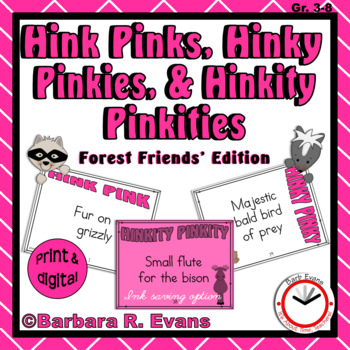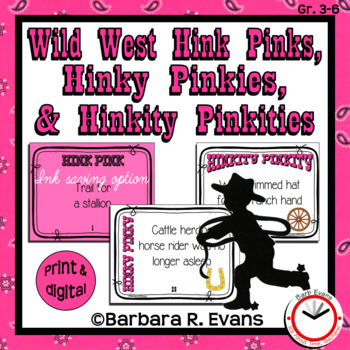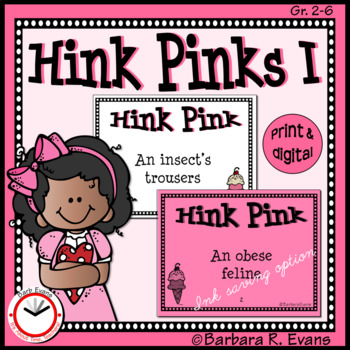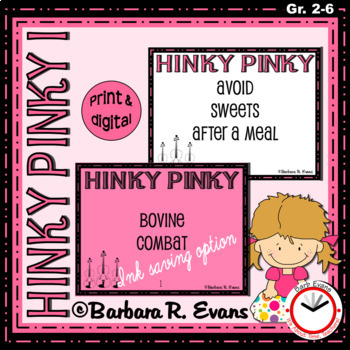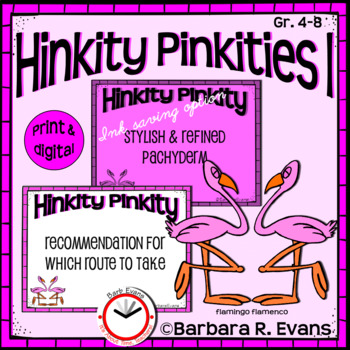Last week, I blogged about Bloom's Taxonomy and Higher Order Thinking Skills (HOTS). (See April 2, 2012.) My friend, Andrea, over at One Teacher's Take...is Another's Treasure commented that she also uses Webb's Depth of Knowledge (DOK) Levels and Marzano's Dimensions of Thinking, both of which are new to me. So, I immediately googled them. Here's what I found. . .
Webb's DOK Levels look like this:
What I like about Webb's model is the 4 levels versus Bloom's 6. It's always nice to condense things, isn't it? At least in my realm of preparing dozens of lesson plans each day, less is more! The 4 level descriptors (the inner circle) boast newer and somewhat clearer concepts.
Then my eye wanders over the outer circle. Ouch! Another sea of verbs to swim through. The 4th level, presumably the quarter in which we strive to spend most of our time, is curiously short on verbs compared to the other 75%. Are those 8 verbs/phrases just more succinct? Or, do they reflect the limitations foisted upon teachers by the Common Core of Teaching Standards, standardized testing, and uniform time lines? Surely that triad has bearing on it.
Perhaps there is more to be considered, however. Is the 4th level truly where teachers strive to be? I hope, in my heart of hearts, that the answer is YES. However, it is possible that some, if not many, teachers find little motivation to work on level 4. Their efforts are not evaluated by standardized tests, depriving them of extrinsic approval. Paychecks remain static whether teachers push their students toward extended learning or not. Indeed, rewards are esoteric. Certainly the dedicated, professional teacher experiences intrinsic satisfaction. S/he may even be fortunate enough to receive accolades from students, parents, colleagues, and/or administrators. Is that enough?
In a future blog, I'll discuss Marzano's Depth of Knowledge Levels. Until then, I'd love to hear your thoughts about teaching HOTS.




